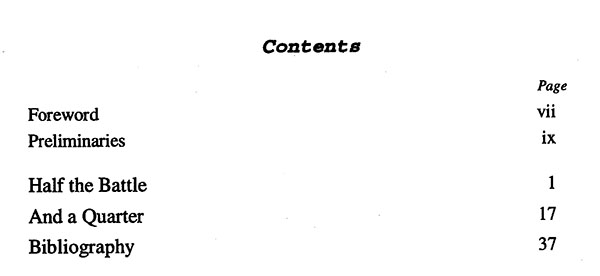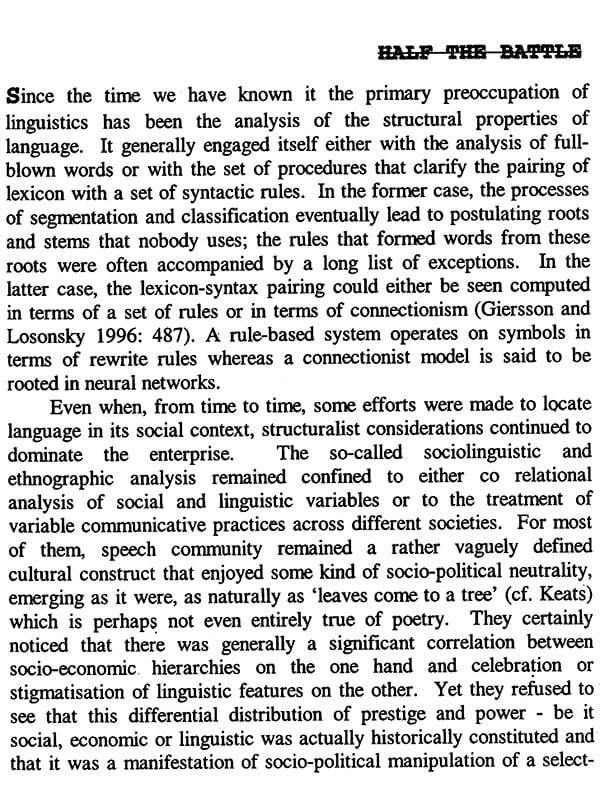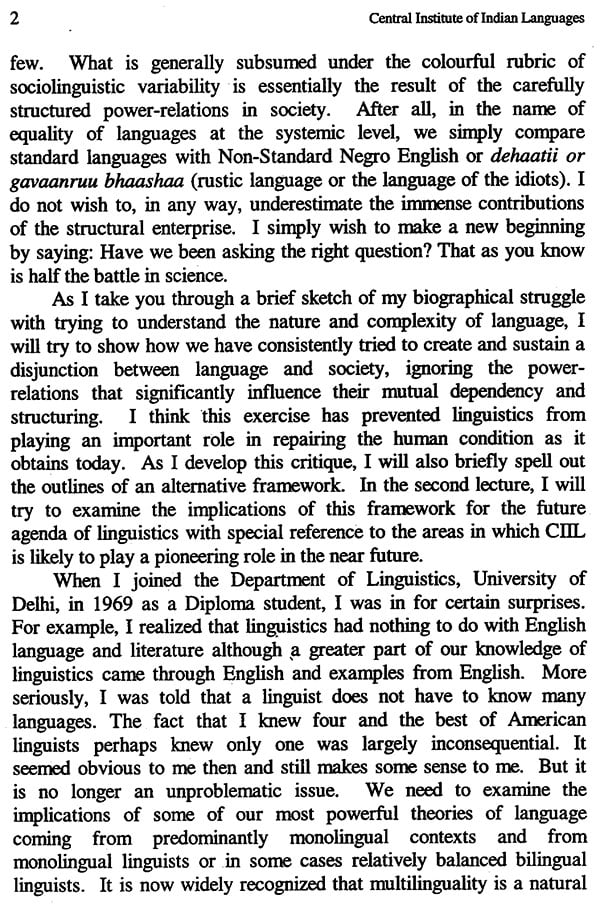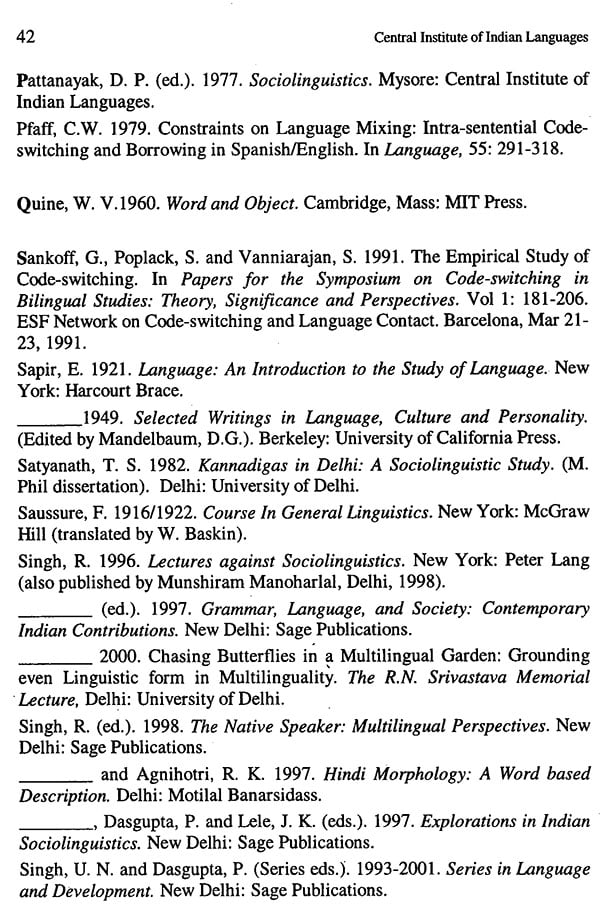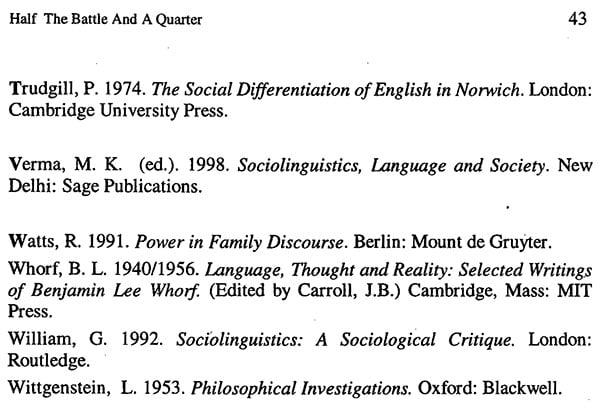
Half the Battle and A Quarter
Book Specification
| Item Code: | NAX323 |
| Author: | R.K. Agnihotri |
| Publisher: | Central Institute Of Indian Languages, Mysore |
| Language: | English |
| Edition: | 2002 |
| ISBN: | 8173420939 |
| Pages: | 44 |
| Other Details | 7.00 X 5.00 inch |
| Weight | 80 gm |
Book Description
Half way through the battle, Arjuna had doubts about the morality of the war he was engaged in. Half way through the battle, when his chariot wheels had been immobilized, Karna wondered where he went wrong. Sitting under the tree where he would die a few moments later, half-way through his life, Krishna began pondering over the meaning of all that he did or said, or those that he didn’t.
These dilemmas and doubts are a part of our heritage of scholarship and valor. The questions that Rama Kant Agnihotri raises here can be possibly raised only after a lifetime of experience of working in different fields of language sciences that he has been engaged in.
Some of the profound issues which Rama Kant has sensitized us about in these lectures and which have set me into thinking more and more about them, include the following:
In one of my earlier pieces while introducing Rajendra Singhs work, I had said a speech community often gets the grammars it deserves. From what I read in Rama Kant’s texts, many of these ideas seem to reverberate. That author himself talks about the derivative nature of work Indian researchers engage in merely replicating ideas of the western scholars although Rama Kant is also aware of the importance of theoretical positions that are valid universally or are, at least, typologically important. A lot of what he did during his doctoral days had to do with finding out where the meeting point was between two positions — one, which believed that no two individuals speak alike and hence it is the linguistic diffusion that must receive our attention and the other, which believed that irrespective of how much we differed and the ways we might do so, we essentially speak the same language.
A very important point which emerges from the authors observation of his own recent collaborative studies, and one which we must not miss is that in exploring relationship between Language and Society, use may be more important than attitude social variable over social-psychological variable. The concern for language ecology, or the human condition of deprivation and suffering — much of man’s own making, have occupied important place for him here. In the management of hunger, illiteracy and poverty does the ruling elite use (or, misuse) language to maintain status quo, or can it be used as an instrument of change? It is in this context that his discussion on the theory of relativity should be understood. How free is the so-called free variation in phonology and morphology has also occupied his time. How our engagement with idealized structural systems has kept us away from the specificities of power and language relations in society can be very well seen in Rama Kants lectures.
I am confident that the Foundation Day Lectures 2001 published now will fire a lot of heated debate among Asian and western linguists alike, particularly among the members of the sociolinguistic community. We publish it both virtually and actually for wider dissemination of this important work. .
